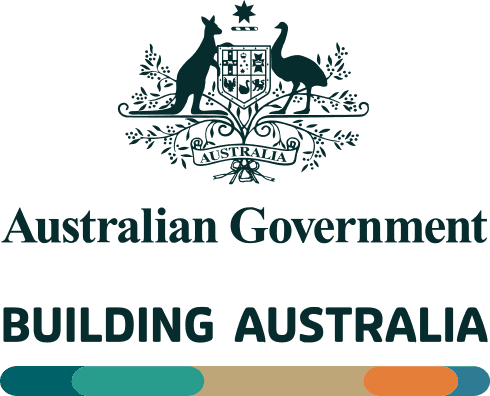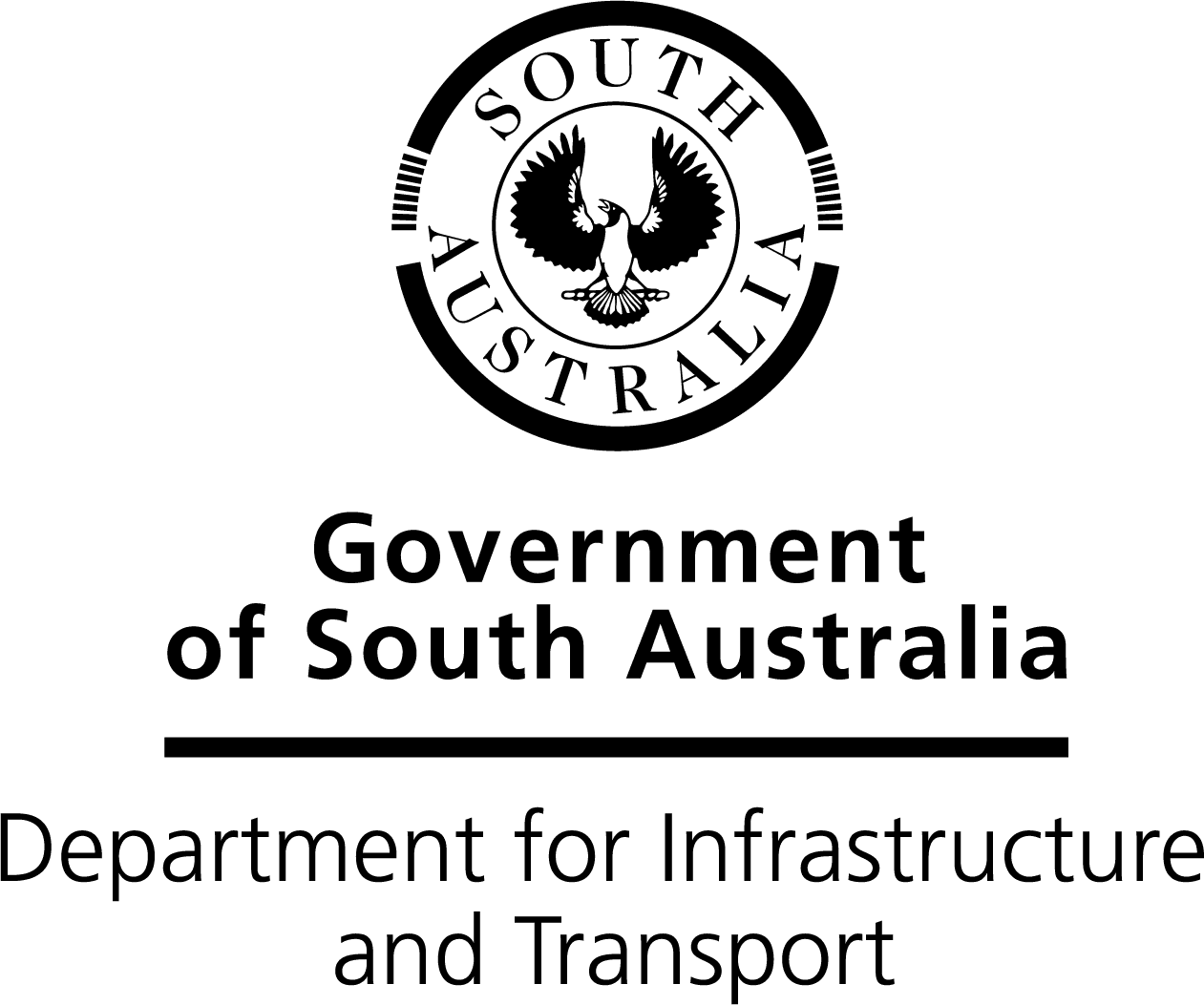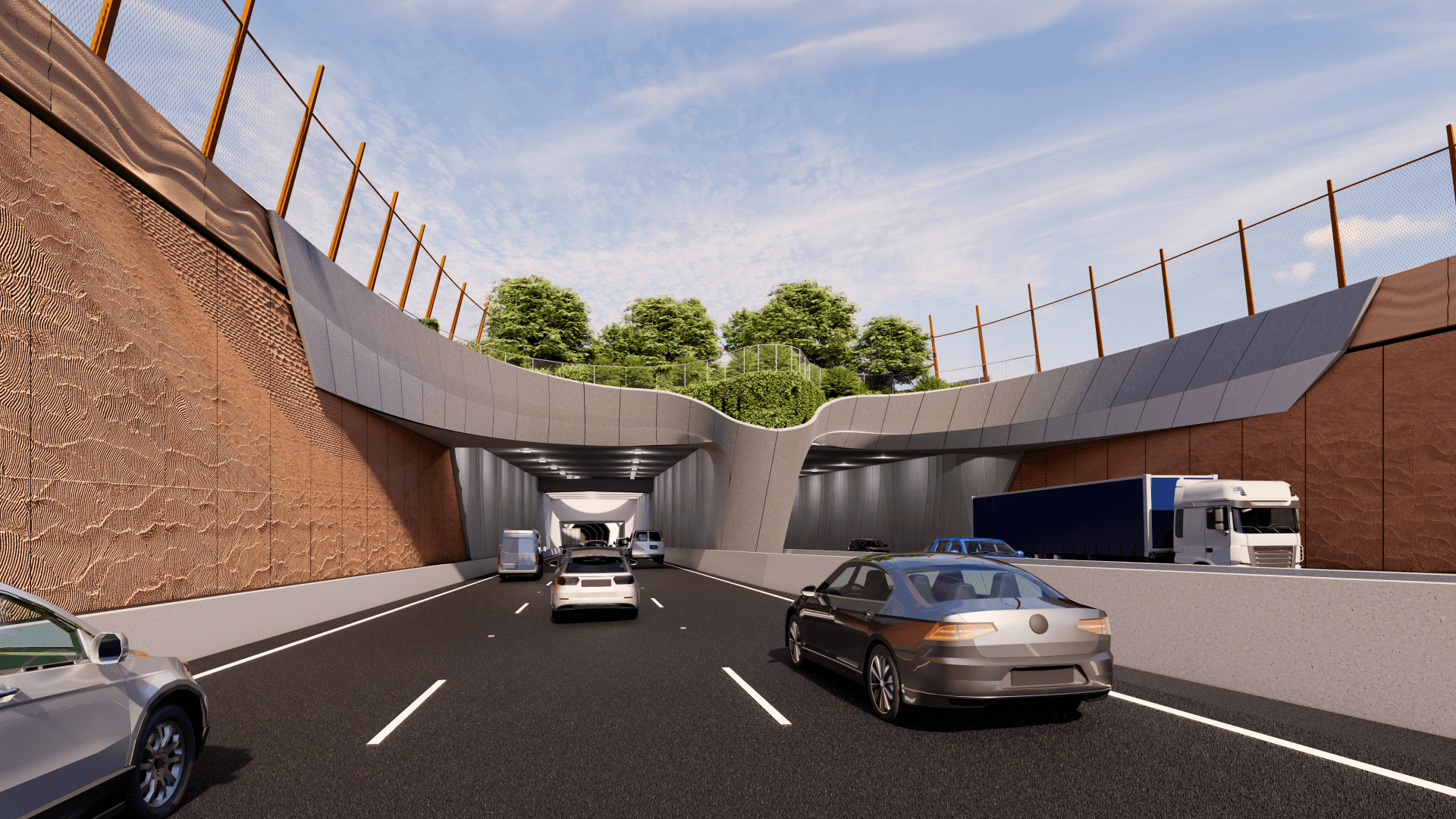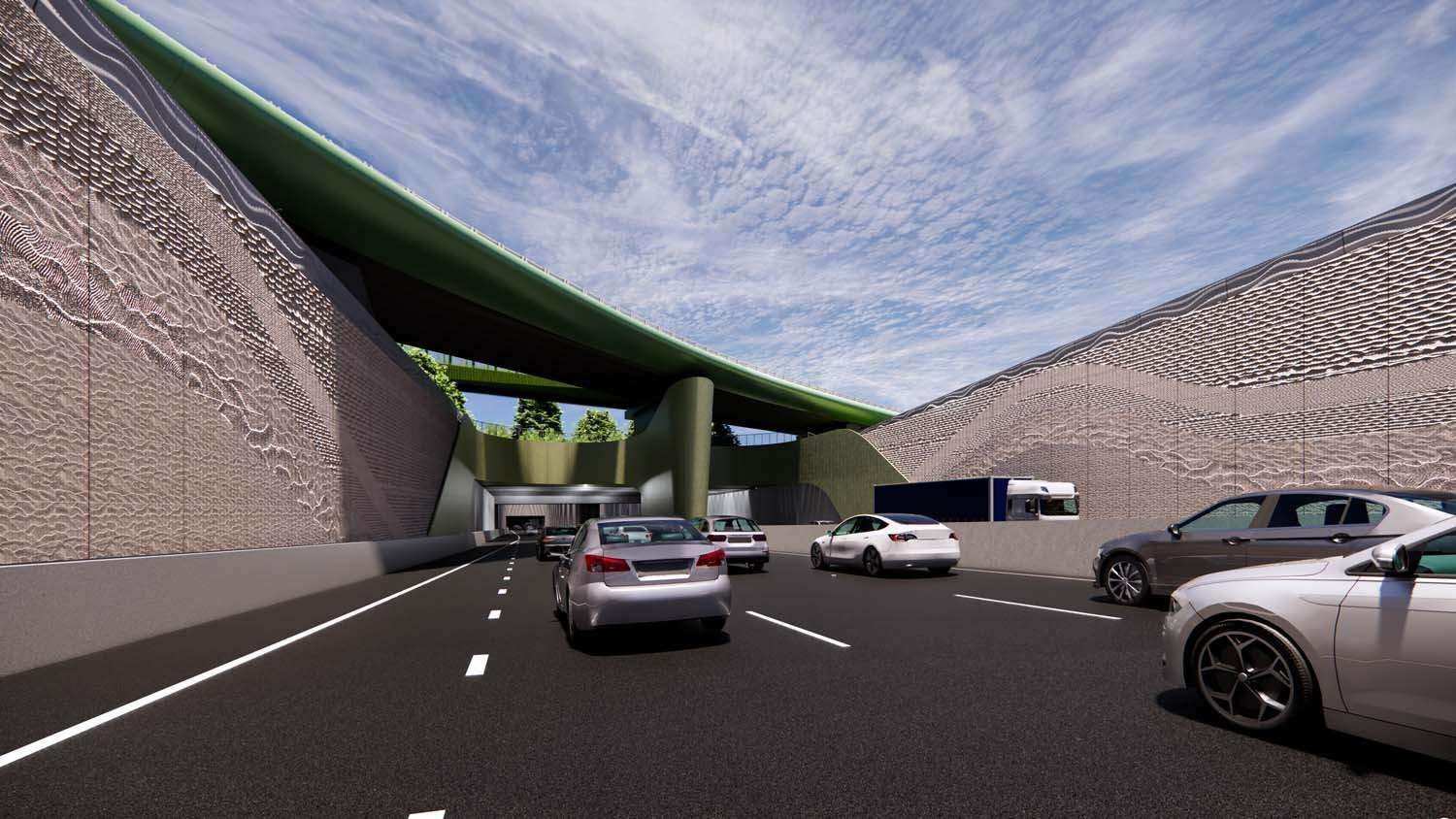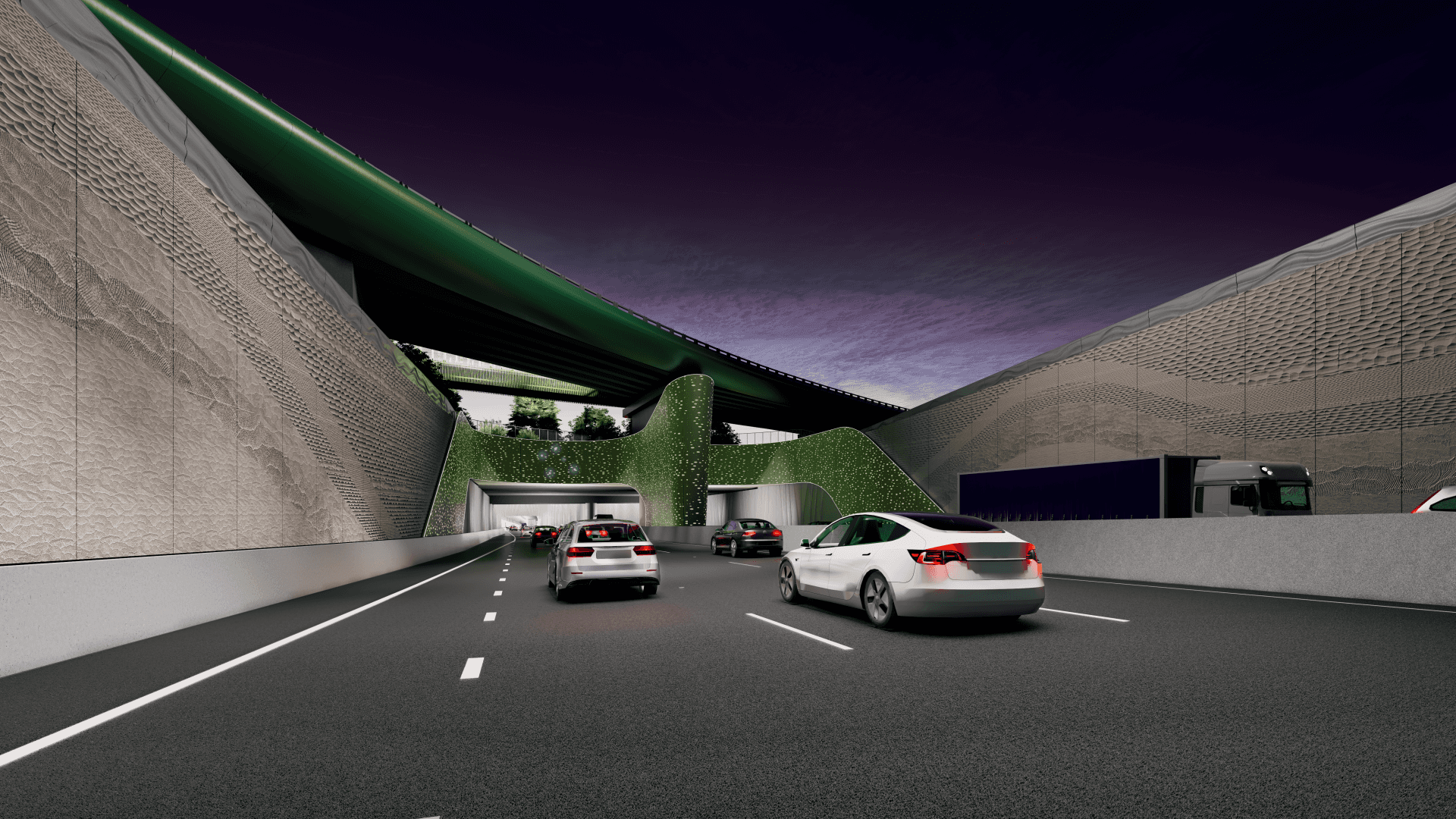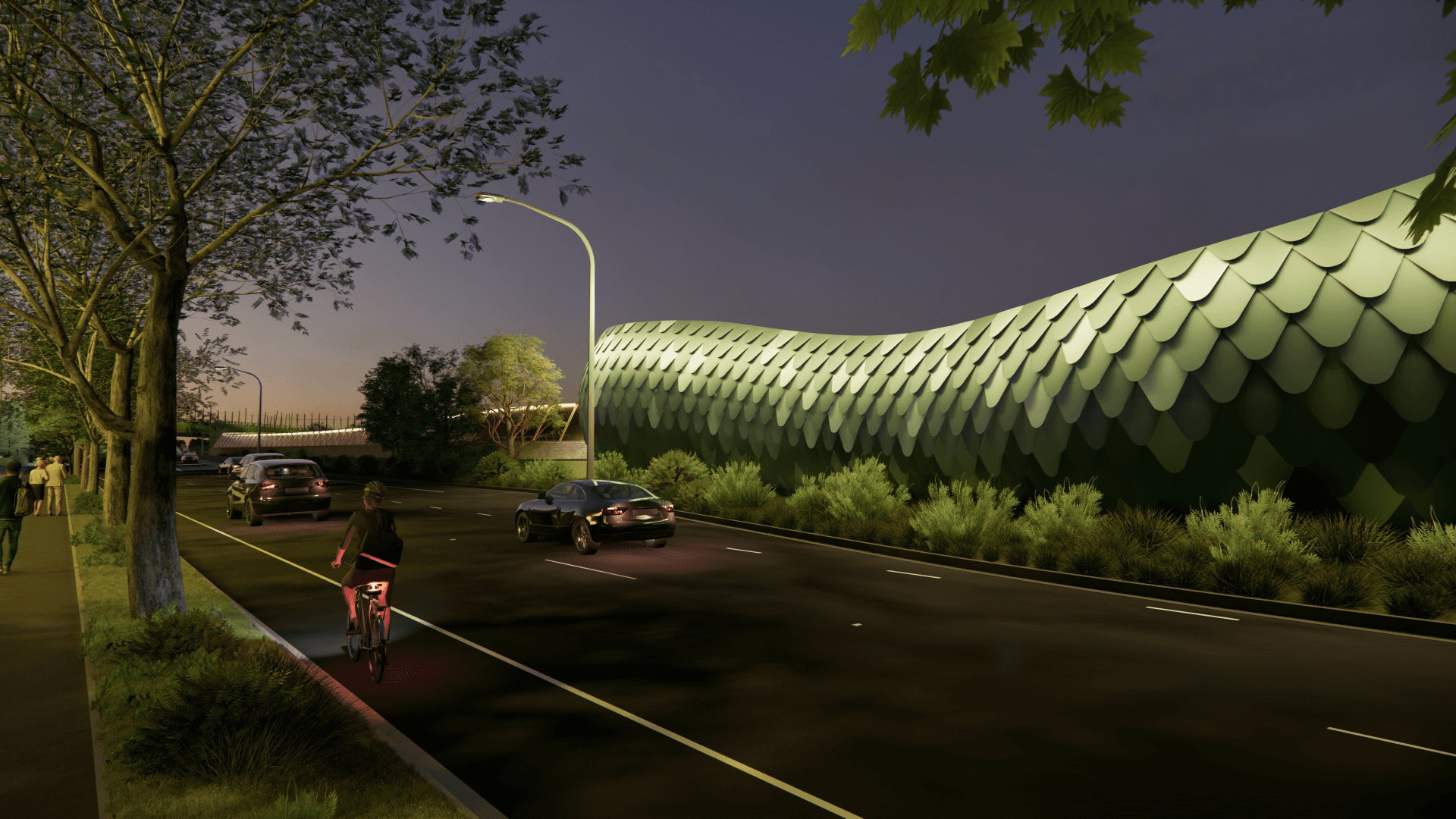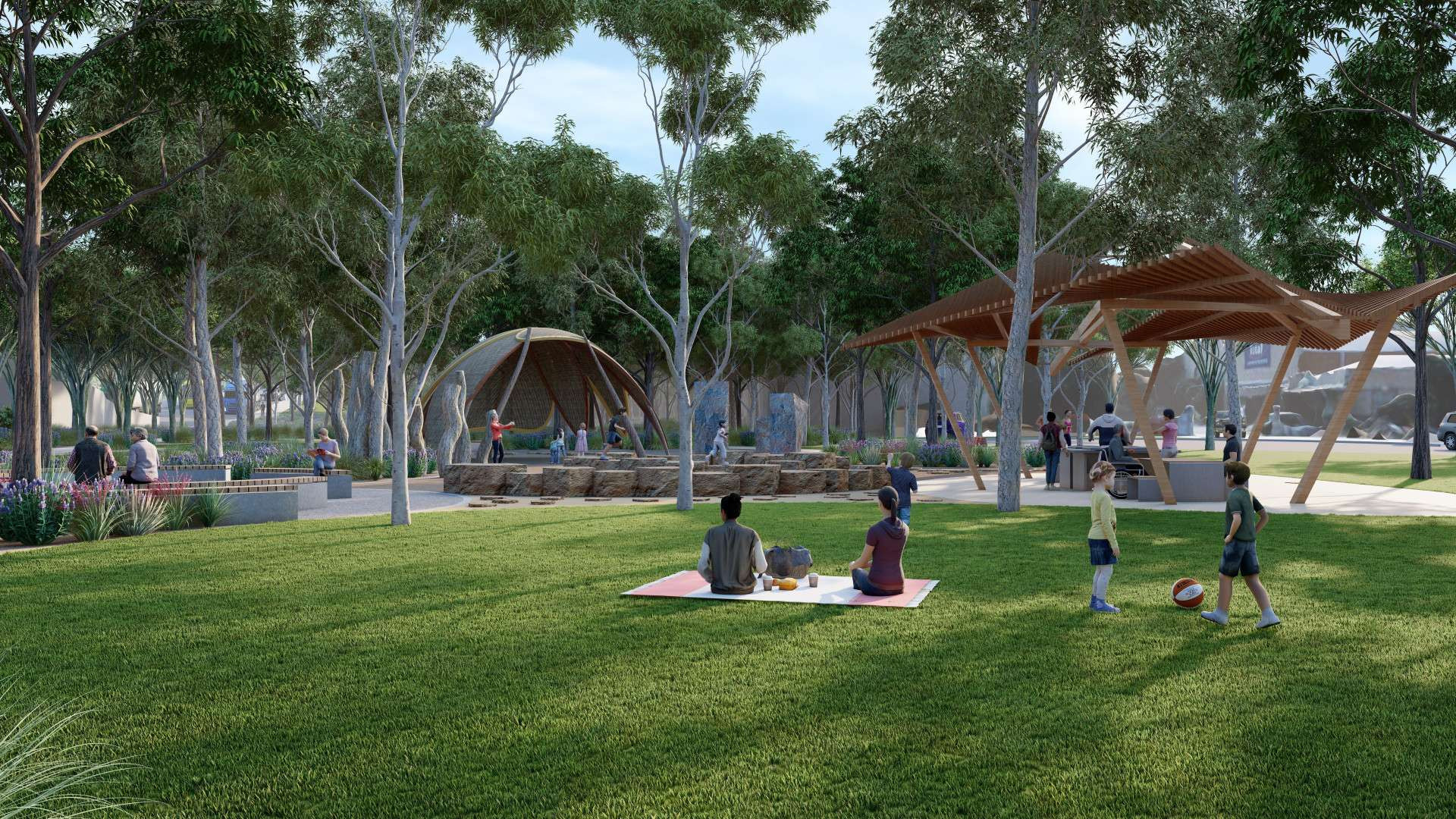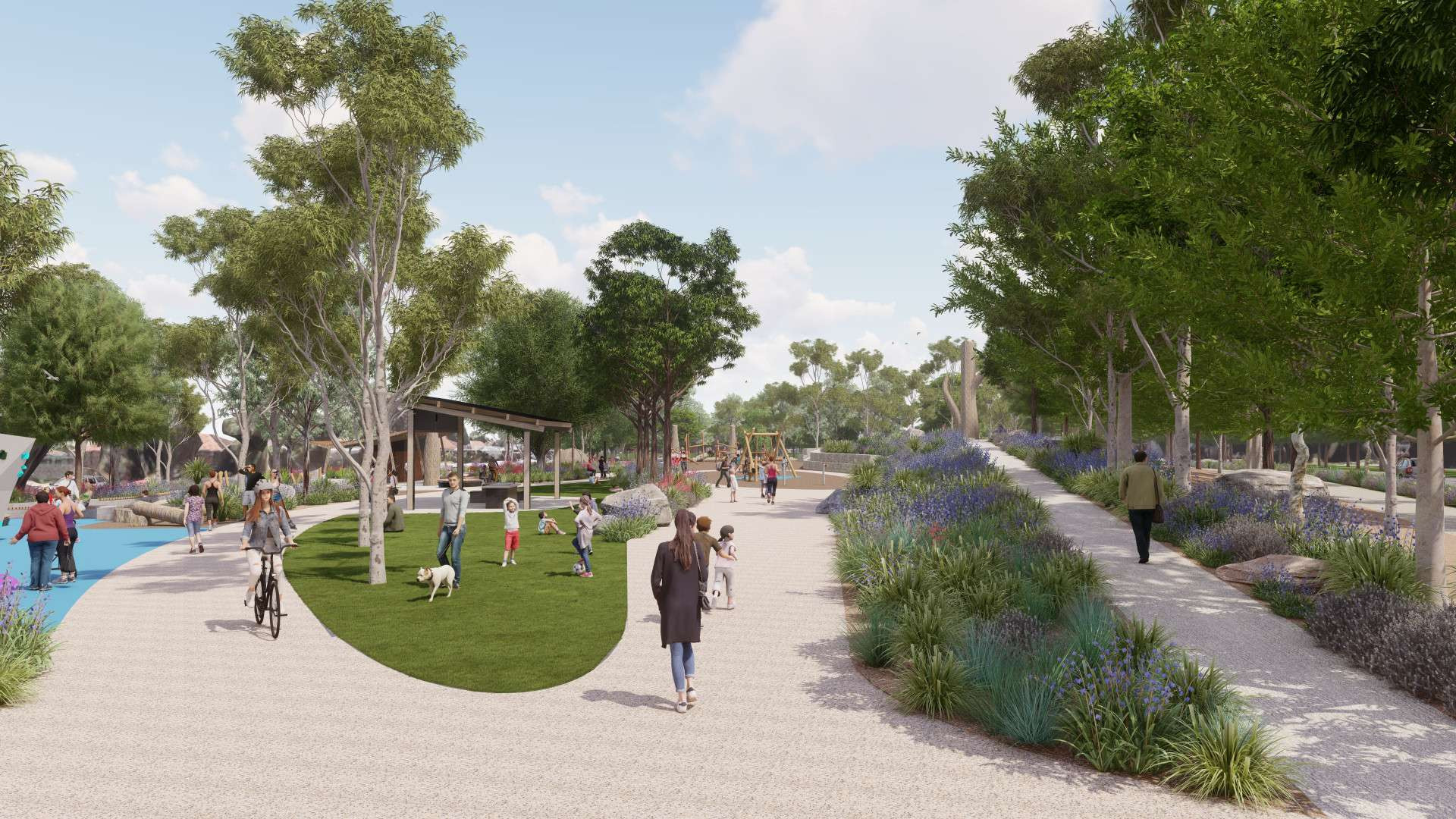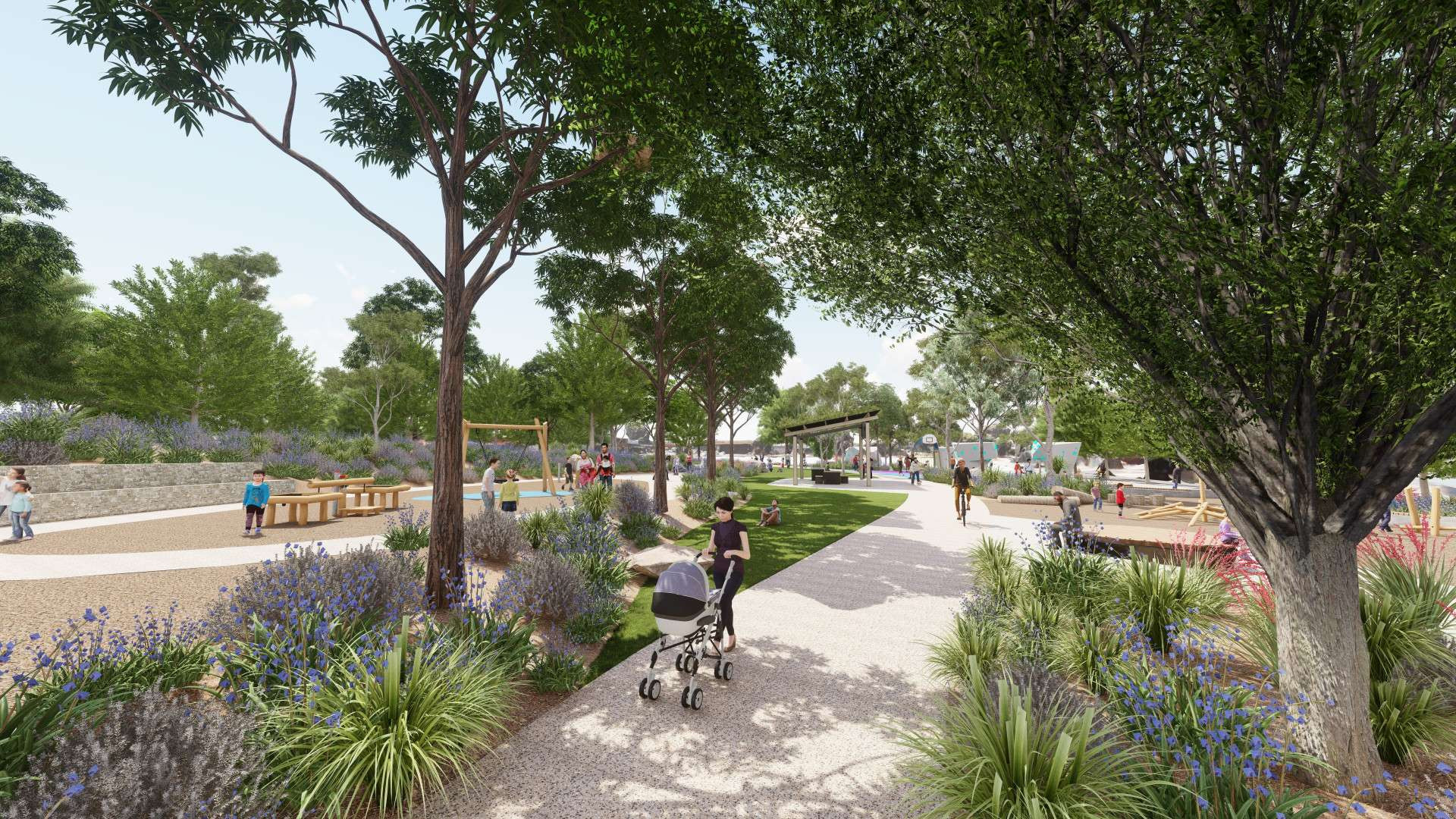About the project
The T2D Project is the final 10.5km section of the North-South Corridor, and will complete 78km of non-stop, traffic light-free motorway between Gawler and Old Noarlunga. Drivers will be able to bypass 21 sets of traffic lights as they travel through two separate tunnels, connected by an open motorway.
Design overview
The T2D Project involves constructing two separate tunnels – the Southern Tunnels and the Northern Tunnels. The tunnels will be connected by an open motorway. The motorway and the tunnels will have three lanes operating in each direction, with a combined total distance of 10.5km.
Southern Tunnels
Run between the open motorway at Darlington to just south of Anzac Highway in Glandore and provide key connectivity to Anzac Highway
Includes about 4km of twin three-lane tunnels
Open motorway linking the tunnels
Connecting key routes such as Richmond Road and James Congdon Drive, it will provide critical east-west connectivity and links to key destinations such as the airport
Just over 2.5km in length
Northern Tunnels
Run between James Congdon Drive and the existing open motorway south of Grange Road
Includes about 2.2km of twin three-lane tunnels.
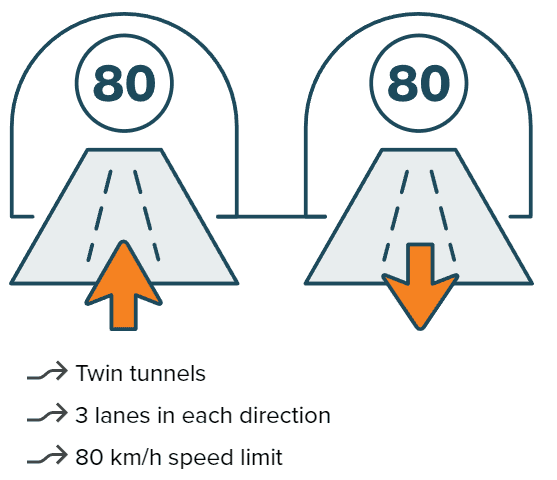
When complete, more than 50% of the T2D Project will be tunnels. The map below provides an overview of the T2D Project.

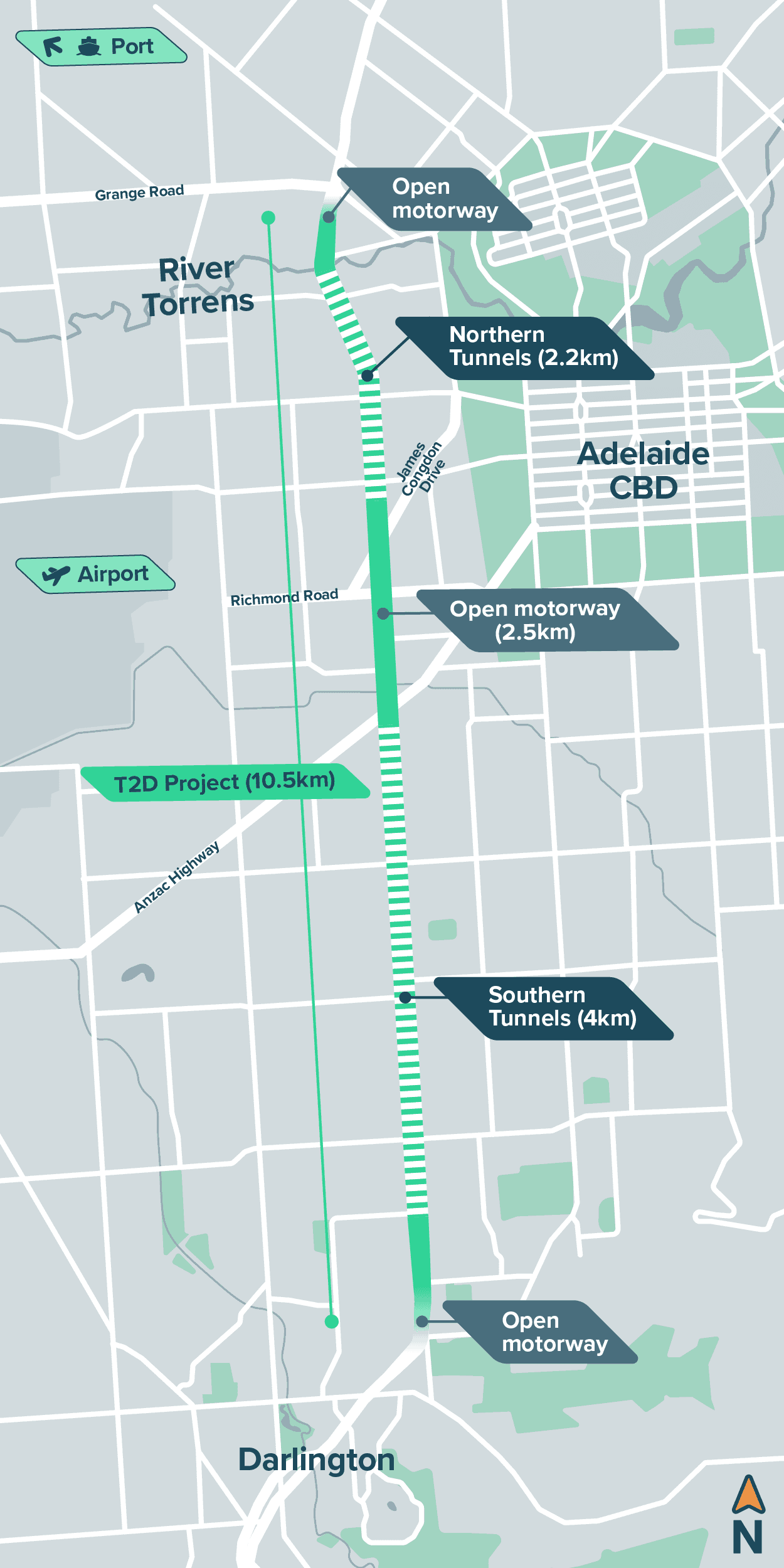
To use our interactive 3D map, view the planned design and take a tour of the project head to the project map.
Design enhancements
As part of the procurement process the project design has been further refined to incorporate feedback and maximise the benefits for both the local community and road users, including:
a connection free from traffic lights between the motorway and James Congdon Drive, providing seamless access to and from the CBD and a more resilient road network
innovative tunnel portal arrangements that enable shallower lowered motorway sections with faster construction times, reduced costs and easier connections to the surface roads
more trees planted to help green the corridor
improved tunnel design and shorter cut and cover tunnel sections, which will reduce energy use and costs, and minimise surface impacts to communities next to the T2D motorway
innovation for the construction of tunnel cross passages, and other systems elements of the tunnels which reduces construction risk
improved experience for active travel users with universally accessible paths, shared-use paths and active travel corridors, with regular safe east-west connections.
While the functional design is largely finalised, there are still some aspects of the urban design to progress – for example, the selection of community amenities and playground facilities, street furniture and landscaping plans. There will be future opportunities for the community to input into these designs as they progress.
More than a motorway
At surface level, a major transformation will occur over the course of the project as new tunnel entry and exit portals, active transport connections, community amenities and green spaces are built.
Five new east-west connections across the motorway for people walking and cycling.
Approximately 26 hectares of new parks, natural systems and public realm space.
More trees planted increasing the existing tree canopy by more than 20% along the alignment.
Dedicated north-south linear shared-use path connecting with the broader cycling network.
Multiple new ‘kiss and drop’ areas near schools along the alignment to enhance access and convenience.
The project’s urban design concept recognises and integrates both traditional and contemporary connections to land to provide a thoughtful surface landscape, while enhancing and celebrating the area’s history and culture.
Artist's impressions
Use the image gallery to see concepts of what the tunnel portals and open spaces in the project area might look like when complete.
Keep updated — Register for updates
Get regular construction updates and notifications straight to your inbox.
About the Alliance
The consortium of John Holland, Bouygues Construction, Arcadis Australia, Jacobs and Ventia has been selected to build South Australia’s biggest-ever road infrastructure project. In partnership with the South Australian Government this consortium forms the T2D Alliance.
These companies individually have an extensive track record of successfully delivering major tunnelling and infrastructure projects around the country and internationally. This includes WestConnex, Sydney Metro and Southwest Tunnel and Station Excavation and Sydney Airport Rail Link, as well as the Trunk Road T2 Project in Hong Kong and High Speed 2 Link in the United Kingdom.
